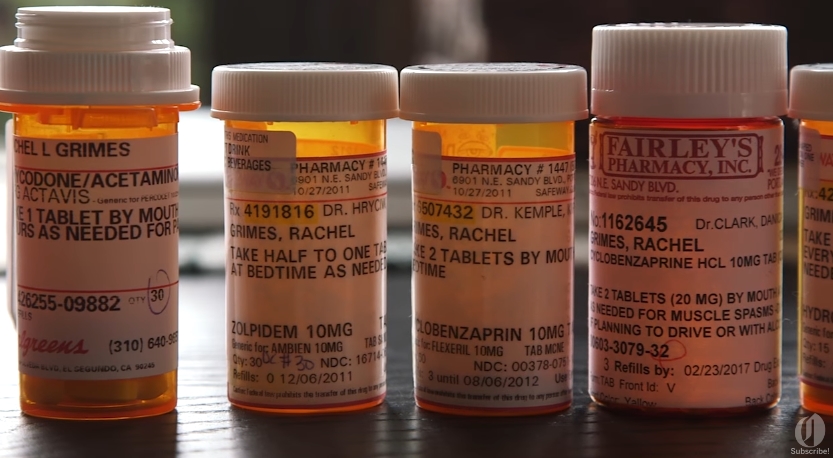Manufacturing your own drugs in your own home could soon be possible thanks to 3D printing
01/24/2018 / By David Williams

3D printing has come quite a long way since experts first started experimenting with it back in the 1980s. These days, it plays a huge role in the intersection of design, manufacturing, and prototyping for consumer products that would otherwise be stuck in industrial limbo, thanks to all of the necessary prerequisites.
Even in business settings, it can come in handy many times, mainly for producing specific items that need to be used for specific tasks or scenarios. One industry, in particular, which has benefited a lot more than others in this regard is none other than the medical industry. Often, there are customized solutions needed that only 3D printing can provide.
The same might as well be said for the pharmaceutical industry — consider the fact that it’s also a huge, highly complicated industry with often convoluted and painstakingly lengthy processes needed to manufacture pretty much anything. Something like a prescription drug that’s needed in certain remote areas could be produced that much quicker using open source methods applied to 3D printing.
That’s the main idea behind groundbreaking new research and methods devised by Philip Kitson and his colleagues at the University of Glasgow, wherein they developed a framework that can be used to 3D print “drug manufacturing devices” both whenever and wherever they are needed. The details of this new system have been shared by the researchers in a paper recently published in the journal Science.
According to Kitson and his team of researchers, their system is built around the idea that it should be possible to create much-needed ingredients for a drug if there is a requirement for it. Their research begins thusly: “We propose a concept whereby the large-scale manufacturing process of complex fine chemicals, such as APIs [Active Pharmaceutical Ingredients], is augmented by distributed, point-of-use manufacturing in self-contained cartridges, requiring limited user interaction to produce the desired products on demand.”
Ideally, they say, their system will allow pharmaceutical companies to “move beyond the preserve of industrial manufacturing and prototyping applications,” in order to radically change the relationship between the design, manufacture, and eventual operation of functional devices.
Their work is made possible thanks to the standardized recipes that are currently available for the manufacture of certain specific drugs. In the conventional system, the processes for drug synthesis are usually used in large-scale manufacturing schemes. However, the researchers found a way to break these processes down into smaller steps, which can then be translated through software into small manufacturing devices.
And that is where 3D printing comes in. As a test, the researchers produced a drug called baclofen, which is a muscle relaxant. They used some chemical precursors that were already available and followed a three-step process to make it. The fact that they were successfully able to do it with one drug serves as proof that their concept works. All that’s left is for them to try and produce other drugs, though that would require the use of different steps to manufacture.
The independent production of drugs that this new research enables will likely go under scrutiny and will be subject to regulation. But it will clearly open the door to easier and cheaper access to medicine. All that’s left now is for the concept to be further developed so that it can be determined whether or not it’s something that ends up in the hands of end users or small and medium businesses that cater to their needs.
Read more about pharmaceutical breakthroughs in RealScienceNews.com.
Sources include:
Tagged Under: 3D printing, Big Pharma, biochemistry, Chemistry, decentralization, drug cartels, drug manufactuing, drugs, future tech, medication, Opioids, Pharmaceutical companies, reactionware, weird science



















